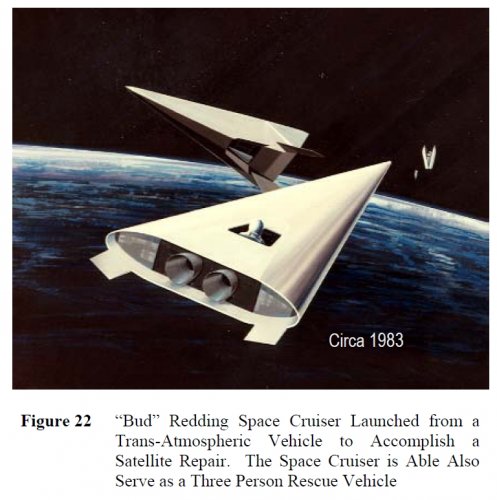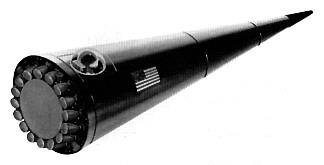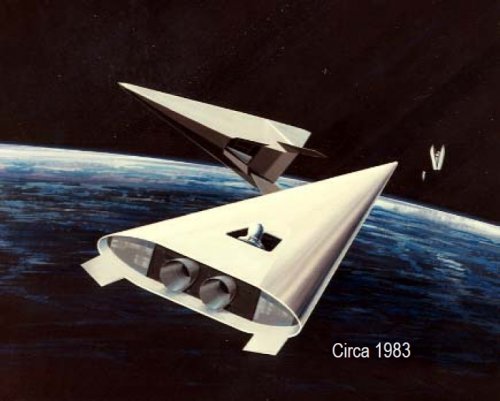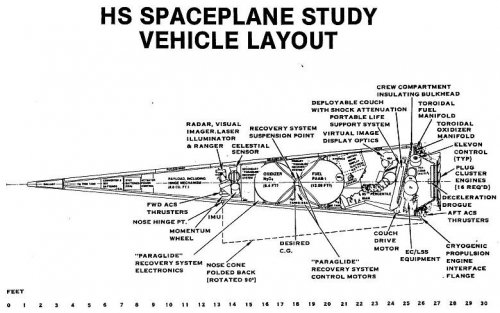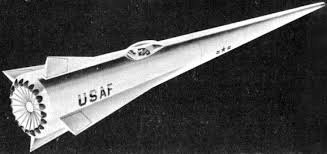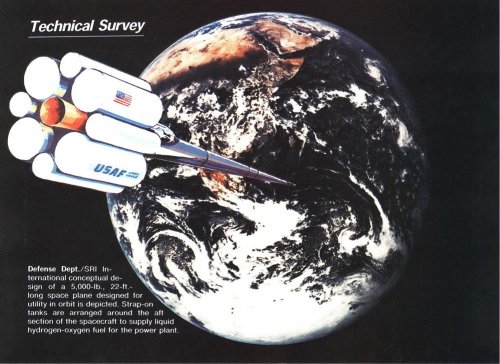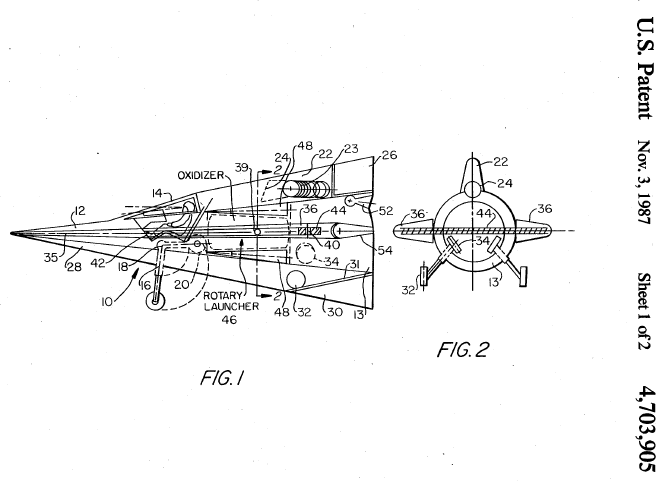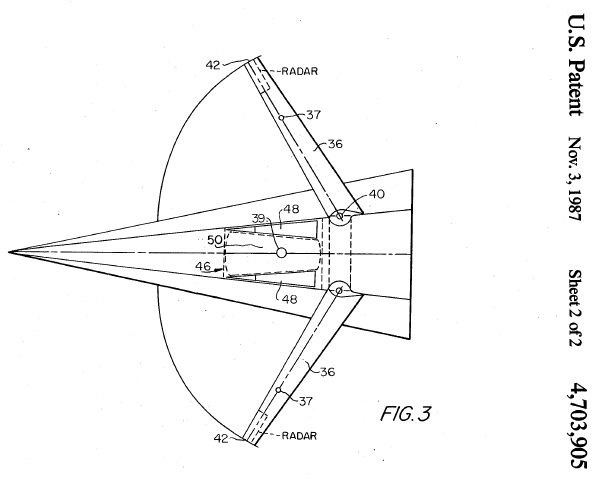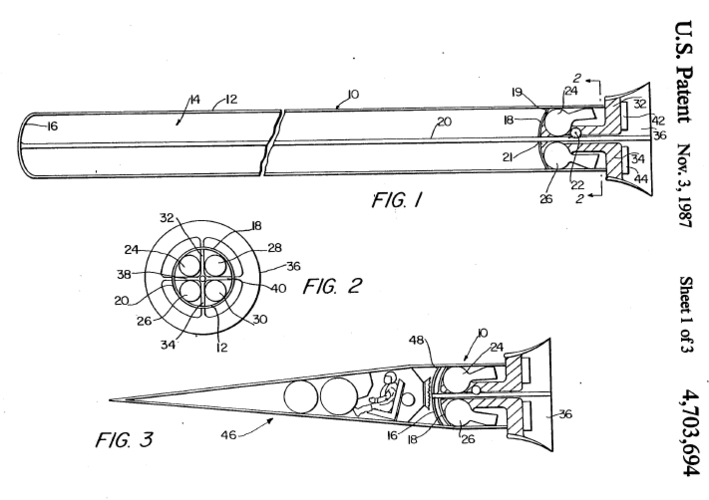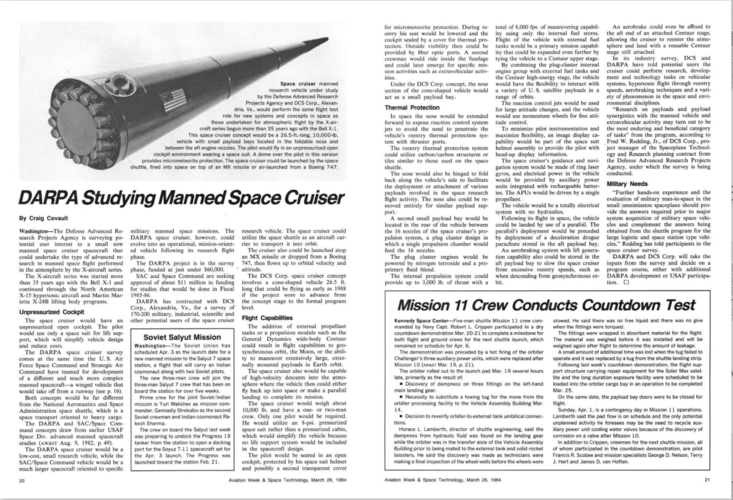The Space Cruiser dates back over 20 years. The authors first were aware of the concept when one of the authors was manager of the McDonnell Douglas Aerospace Vehicle Group in 1983. Mr. Redding visited the author and briefed him on the Space Cruiser concept. As originally conceived in 1980, the Space Cruiser was a low angle conical hypersonic glider similar to the McDonnell Douglas Model 122 (BGRV) experimental hypersonic vehicle that was flown in 1966.
As initially conceived, the Space Cruiser could be folded to a about one-half its length. Redding adapted the design to incorporate an aft plug nozzle cluster configuration and storable propellants. The Space Cruiser is capable of atmospheric entry and uses a small drogue parachute at Mach one followed by a multi-reefed parafoil to land safely on any flat surface. The Space Cruiser originally was intended to be operated by a pilot in a space suit. In 1983, Redding modified the configuration to an elliptical cross section thus expanding the propellant quantity, as shown in a 1983 McDonnell Douglas Corporation Trans-Atmospheric Vehicle (TAV) artist illustration.
Mr. Redding formed an organization shortly before his death to preserve the work on the Space Cruiser and seek future development, the In-Space Operations Corporation (IOC).

